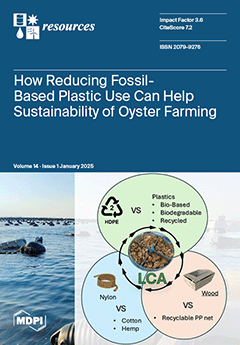In the Wadi Nugrus area, south Eastern Desert of Egypt, A-type granite is highly deformed in a prominent NW-SE trending shear zone, likely related to the Najd shear system. Deformation of this post-collisional leucogranite allows the propagation of hydrothermal alterations due to fluid circulation inside the so-called “Nugrus Shear Zone (NSZ)”. This results in the remarkable destabilization of the magmatic dissemination of rare-metal and U-Th minerals in the granite. Relict magmatic minerals that survived destabilization are represented by (1) ferrocolumbite with 14–63–16.39 wt% FeO
t, (2) fresh igneous zircon, and (3) thorite. The destabilized ore minerals (hydrothermal) dominate over the fresh magmatic relict minerals. The former comprises the following: (1) altered columbite in the form of three distinct phases of niobates (fergusonite–petscheckite–uranopyrochlore), (2) altered thorite (Ce-bearing and P-F-rich), (3) betafite, (4) altered uranothorite, and (5) sulfides (mainly pyrite). It is evident that the destabilization of magmatic thorite can be distinguished into three stages of hydrothermal alteration, namely low-Zr Ce-bearing thorite (stage I), moderate-Zr Ce-bearing thorite (stage II), and high-Zr U-Nb-Y-bearing thorite (stage III). The two varieties of Ce-bearing thorite are sodic with 1.33–2.28 wt% and 1.51–1.80 wt% Na
2O, respectively, whereas the U-Nb-Y-bearing thorite is Na
2O-poor (0.06–0.07 wt%). Similarly, thorite in stages I and II are Ca-, P-, F-, and S-rich. Considerable P
2O
5 content (up to ~17 wt%) is reported in stage II Ce-bearing thorite, whereas stage III thorite is Si-rich (14.56–18.79 wt% SiO
2). Upon hydrothermal destabilization, the three niobate minerals replacing the dissemination of magmatic ferrocolumbite become enriched in UO
2 (up to 15.24 wt%, 7.86 wt%, and 10.88 wt%, respectively), and similarly, ThO
2 (up to 7.13 wt%, 5.71 wt%, and 9.52 wt%, respectively). Hydrothermal destabilization results in the complete dissolution of magmatic fluorite and phosphate minerals at pH = 2–7. This furnishes a source of Ca, P, Ce, Y, F, and Cl in the hydrothermal solution to destabilize/collapse the structure of magmatic ore minerals, particularly ferrocolumbite and thorite. Free elements in the hydrothermal solution are responsible for the crystallization of P- and F-rich Ce-bearing thorite minerals in three stages, as well as abnormal Y
2O
3 enrichment in three resulting niobates that contain up to 6.03 wt%, 2.93 wt%, and 2.65 wt%, respectively. The fresh undeformed Nugrus leucogranite is sulfide-poor. In contrast, sulfides are enriched in the deformed leucogranite inside the NSZ. Also, the intimate relationship of sulfides with destabilized rare-element minerals indicates the destabilization of these minerals during the hydrothermal stage under reduced conditions. Finally, the proposed paragenetic sequence suggests that most ore minerals are magmatic or hydrothermal primarily. In contrast, supergene minerals such as goethite, Fe-oxyhydroxide, altered betafite, and altered uranothorite are the least abundant.
Full article





